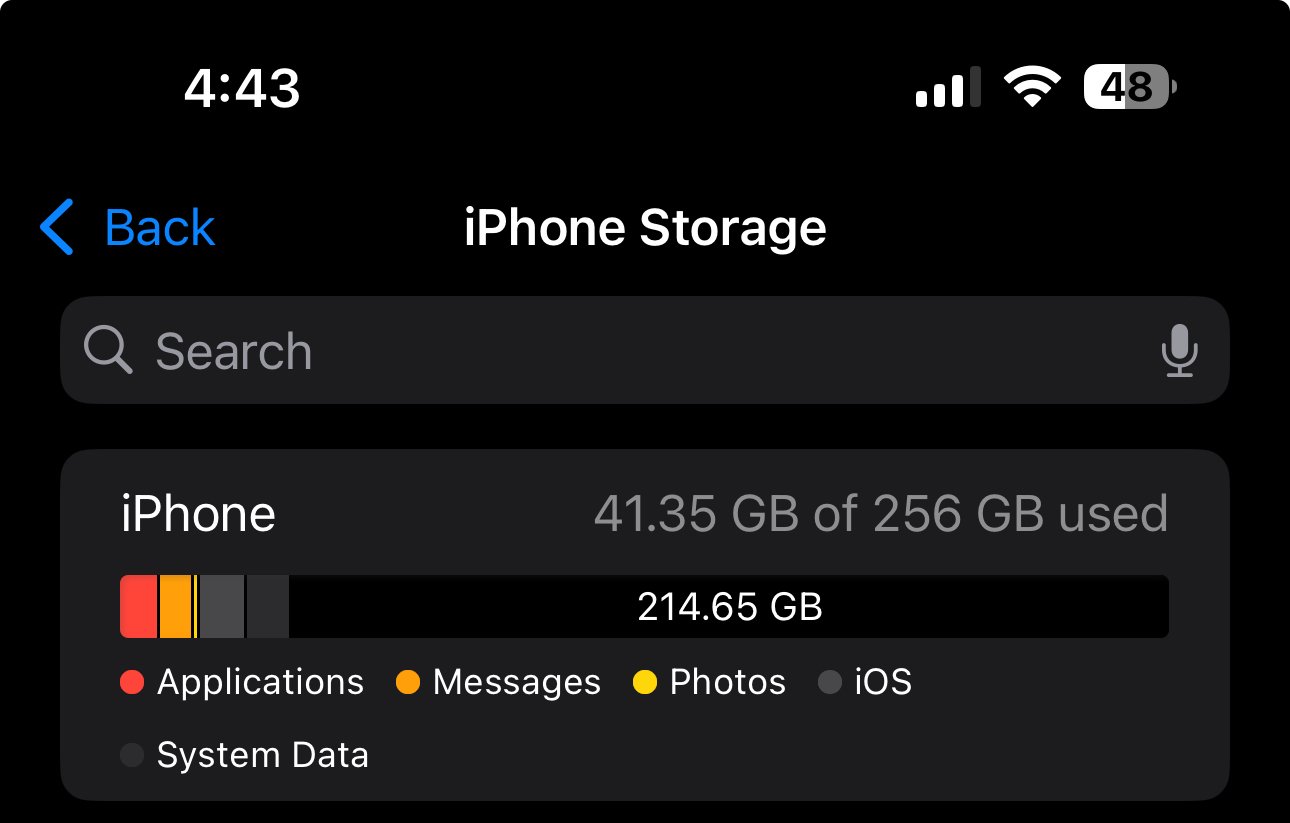

Should we report them for attempting commit fraud for posing as an official complaint office?


Should we report them for attempting commit fraud for posing as an official complaint office?
I agree with you 100%. It was hyped up by online buzz and it was a big disappointment to me.


How considerate of them. I don’t expect the whiney asses who’ve been bitching and lying for the last eight years to stop regardless of who wins. What will they do without their core personality trait?
The Free Press. (They are a monthly subscription) Journalists who left the New York Times. I find most of their articles to be refreshing and insightful. They seem to be truly middle-left for American politics. They don’t try and feed on outrage to gain clicks. You’ll find less low hanging fruit like Trump rage-bait, and provide more thoughtful, unbiased reporting like NPR used to back in the day. I learned about them from an article where a right-leaning NPR editor did an interview with them about lack of balance at NPR and was subsequently fired for his views. As someone who’s listened to NPR for decades It really hit home as I listened to it happen over the years in real time. I value balance over the unchecked shift to one side or the other. I really enjoy the Friday editorial newsletter, TGIF. The humor is a good way to wrap up the week.
If I have one complaint it’s that the stories skew Israel/Jewish heavy, but given that the founder is Jewish. I understand why and can forgive it. They have plenty of good talent working other stories so there is always a good read.
The two D’s are for a “double-dose of pimpin”.


But people in the original Lemmy thread told me it was the Klan! The op, “Buttflapper” reports: “They were filming and had fake county employee badges, immediately trespassed and removed”. Surely they didn’t jump to conclusions and were wrong!
My guy early voting down in GA.



… I’m pretty sure their pixel art was “heavily inspired” by Castlevania from the start. The last time I played it I noticed it started shifting away from that.


What is the actual quality of the game?
Did you know about this game? Did you buy and play this game? Did you actually like this game?
Are you one of the ~220 people who bought this game and didn’t spread the word to their friends.
It sounds to me like this game sucks. Maybe it was rotten from the start. Maybe they were forced to hire a bunch of mentally ill people with a massive chip on their shoulder to ‘advise’ and change the game to tick some boxes on a list. ( don’t you just love having fun according to a list of prescribed requirements? ) I bet the people working on it like that. Talk about a soul sucking job without passion. We will probably never know the truth.


Aside from your choice to combat someone you perceive as wrong online in their own arena of sycophants. How many fucking Reddit account do you need? I’m pretty sure having more than one is against ToS. I could understand if you had a main account and an alt account for saying shit you feel ashamed of, but you literally make it out like you had dozens. That’s pretty damn weird.


5x 5 gallon jugs of water. A few weeks worth of canned goods. A stack of fire wood. Solar panels and a few batteries to charge small devices like radios. A couple of GMRS radios and a couple of HAM radios. Propane tanks and propane heaters.


Harry and Dudley bond over Monty Python?


More radio spectrum. Voice and data capability. Licensed HAM nerd shit. Meshtastic is relatively a narrow unlicensed spectrum with bandwidth limitations. It’s about tinkering just like Meshtastic is but with a license.


I’ve seen that it tends to affect phones with a mechanical zoom camera. Like iPhones and Galaxy’s. My bike has apple car play built in, so I tend to just keep my phone in my pocket and use the cross bar controls on the left handle to navigate the menus, no need to take my hands off the bars to tap a damn screen while going over bumps.


How are your knees? I saw that episode as a kid. Mine make noises when I stand up.


I experienced Timeshift with LMDE about 2 or 3 years ago. (Linux Mint Debian Edition) when I heard about it I immediately re-installed using BTRFS to try it out. I gotta say snapshot backups are very fast. It really surprised me. I tried out some config changes and restores and it went very smoothly. If you can leverage Timeshift in grub then I need to watch the video and set that up asap. Nothing more annoying than trying to diagnose a failed boot or giving up and reverting to a previous kernel. (Spoiler: It’s always nvidia kernel modules)
Windows 11 has taken a feature from Linux distros called “Task View” where you can create additional “desktops”. You could do something similar with that and forego the additional laptop/desktops.
This might be a little unorthodox, but this is an option to reduce hardware costs and maximize desktops.
you can split your four-monitor workstations’ screen real estate any way you like. keep using the same mouse and keyboard and just tab through the virtual workstations that you need to work on.
Proxmox is free for personal use. You can run it on a dedicated desktop workstation connected to your network. you are limited to the resources in your hardware. RAM, CPU, Storage. you’ll be slicing that up between the number of Virtual Machines that you create, so think about what you will be wanting. For example, if your specs are one desktop with 8G of ram and 128G of disk space. multiply that time the number of workstations you want, add the basic requirements of Proxmox as a server, and you have a good idea of what you are going to need.
If you want tons of resources you could buy a decommissioned server off of ebay. something akin to a Dell R720 or better. They can be upgraded to quite a bit of RAM and storage space. I think mine has something like 2 physical CPU’s @ 32 cores, 256G of RAM, and 3.2T of disk space (RAID10). I paid around $500 for mine a few years ago. and a few dollars more to max out the RAM, and a few dollars more to add some sold state drives in the drive bays. The entire system came in under the cost of a mid-range gaming pc. or a little under the price of one NVIDIA GeForce RTX 4080.


I haven’t owned a phone with removable storage since the Samsung Galaxy S5 back in 2015. (I miss that phone) Since then I’ve gone from iPhone, to Pixel, to Pixel, to iPhone, to iPhone. None of which had/have removable storage. Personally I don’t require much storage. The largest consumer of storage on my current phone is “Messages” at like 10G. I’m pretty sure the Photos app offloads photos to iCloud regularly so It says only 1G of storage.



The new-ish Federal Trade Commission head has been making a push to work on quite a few projects for the past couple of years. They have a very small resources and man-power compared to the war chests of multibillion dollar companies, but recently, somehow managed to bring charges against Google as a monopoly. This in my opinion is a good thing. I consider myself a social liberal and a fiscal conservative. I don’t like how our government seems to take the money of these companies and turn a blind eye as they do what they want in pursuit of the almighty dollar. I support her endeavors working for the interests of the majority of people and not those few with the most money.


Friday 1995
https://youtu.be/2fagLjawRXM
Jack Reacher. S02E07 Soul coughing. Super Bon Bon